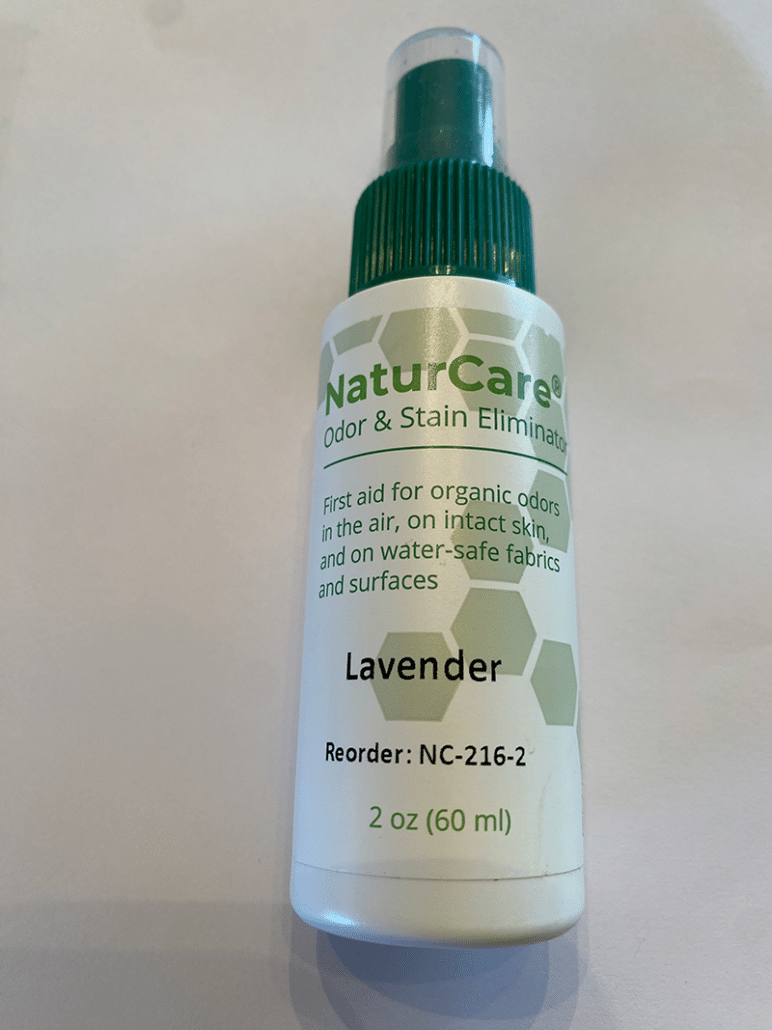There are some good strategies to control odor. The most important thing is to make sure your ostomy pouch has a good seal and is not leaking. Creating a regular schedule for emptying and changing the pouch can significantly reduce odor concerns.
There are several odor control or deodorant products on the market and most ostomy suppliers have these available. Some come in the form of liquid drops that you put into the pouch when you first put the pouch on. Another version is in gel form. This is also put into the pouch then the pouch is “massaged to get the gel to coat the inside of the pouch. This form is useful for colostomies where the stomas tend to have thicker stool which can sometimes be a little more difficult to get out of the pouch when emptying. The gel deodorant helps prevent the stool from sticking to the inside of the pouch.
In addition to deodorants that go into the pouch, there are sprays that can be used when emptying the pouch, especially when emptying outside of the home. These are available in small spray bottles that can be kept in a small bag with ostomy supplies. You can keep these in your backpack or purse to bring with you to the bathroom when you empty your pouch. Spray the stall before opening your pour pouch, and then after if you’d like.
Talk to your ostomy supplier or ostomy specialist to learn more about these products.
As your child grows, you can gradually introduce them to managing odor control themselves. For school-age children, consider preparing a small, discreet kit with age-appropriate supplies including deodorant drops or spray. Work with your child’s teacher or school nurse to ensure they have access to a private bathroom when needed. You might provide a note explaining, ‘Please allow [child’s name] to use the bathroom without delay when requested.’
Diet can also affect ostomy odor. Foods like fish, eggs, onions, and some spices may increase odor, while yogurt and buttermilk might help reduce it. Keeping a simple food diary can help identify which foods affect your child’s specific situation. Remember to discuss these observations with your child in a matter-of-fact way to normalize the conversation and build their understanding of their body.
Hope, support, and finding community
Parent Stories
These webpages are funded by a grant from Hollister Incorporated.





